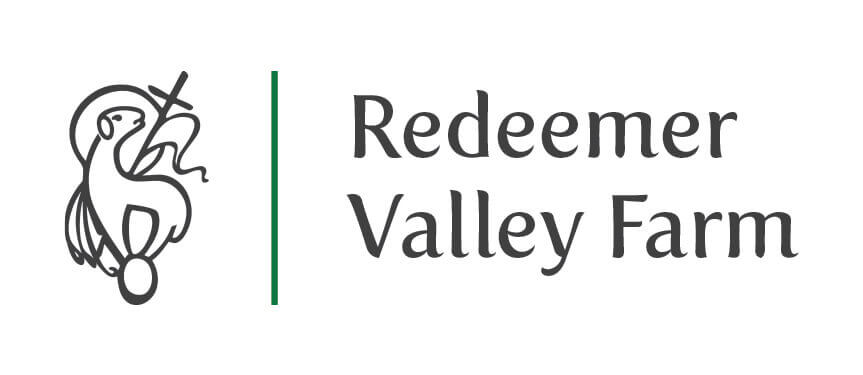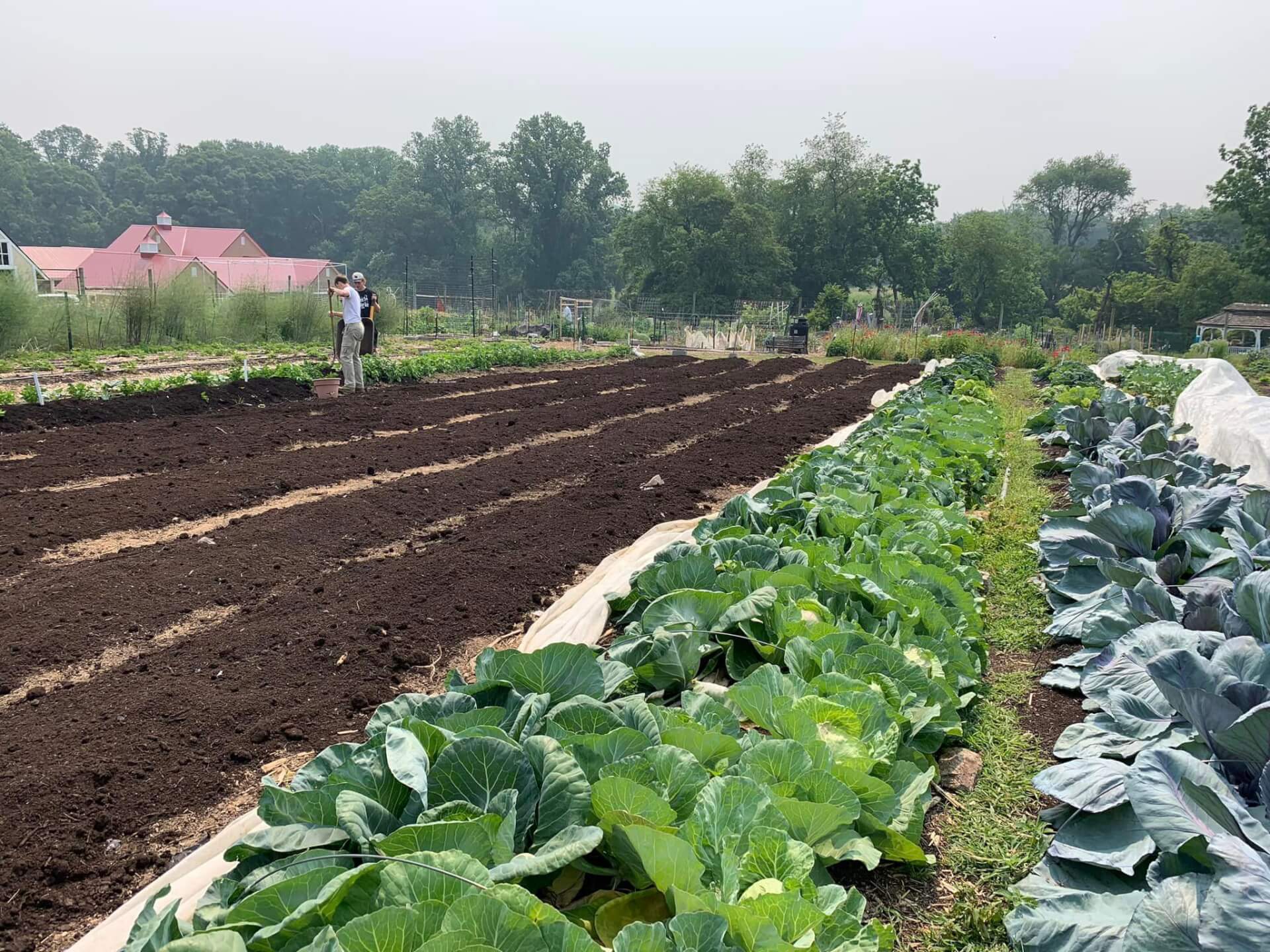What are biopesticides? The EPA defines biopesticides as “certain types of pesticides derived from such natural materials as animals, plants, bacteria, and certain minerals”. This month’s article is the first in a series on biopestcides in the organic garden.
Bacillus thuringiensis (Bt), is a soil-dwelling biological pesticide that has been used safely for over 30 years to control insects and their larvae. Before applying Bt, you should know that there are different strains of Bt that target specific groups of insects.
- Bt kurstaki (Bt-k) is effective against: tent caterpillars, gypsy moths, cabbage loopers, tomato hornworms, and other leaf-eating caterpillars on trees, shrubs, tomatoes, and other vegetables.
- Bt israelensis (Bt-i) is effective against: mosquitoes, black flies, and fungus gnat larvae
- Bt san diego (Bt-sd) & Bt tenebrionis (Bt-t) is effective against: the Colorado potato beetle and can also be used to control the elm leaf beetle. May be used on potatoes, eggplant, tomatoes, and elms.
- Bacillus popilliae (Milky Spore) is effective against: Japanese beetle larvae
One of the very few issues that come with using Bt is that some forms, such as Bacillus thuringiensis var. aizawl (BTa) can be harmful to bees and possibly other beneficial insects like wasps. However, it’s only harmful if consumed or if the spray is applied directly onto the insect and thus can be easily avoided by spraying when the bees aren’t active, such as the late afternoon when they’ve returned to their hives. Once dry, Bt is not harmful to the beneficials.
Additionally, many caterpillars are harmed by Bacillus thuringiensis var. kurstaki (Bt-k) which will be an issue if you have a butterfly garden that’s meant to attract butterflies. Avoid spraying the garden if you don’t want to harm those butterflies. Keep in mind that Bt only kills young caterpillars, so the beneficial butterflies won’t have as much of a risk if you’re able to spray the garden once all the beneficial larvae have matured into adult butterflies.
Because Bt spores may be combined with other pesticides, make sure that whatever product you purchase is approved for use in organic use.
Bt can be purchased as a spray, liquid concentrate, powder, granules or cakes. Sprays are good for foliage, powders and granules for soil, and cakes for water, but whatever form you buy, make sure to follow manufacturer’s directions.
Exposure to sunlight causes BT to degrade. While this means there won’t be any long-term residue on your plants, and it won’t stay in the water, it also means that you will need to reapply fairly often.
Bt is readily available. A quick internet search returned a number of sources.
Submitted by: Rachel Adler
References: Plant Natural Resource Center https://www.planetnatural.com/bacillus-thuringiensis/
National Pesticide Information Center (http://npic.orst.edu/factsheets/BTgen.pdf)
Epic Gardening (https://www.epicgardening.com/bt-spray/)
EPA https://www.epa.gov/ingredients-used-pesticide-products/what-are-biopesticides

